Nakatsugawa to Kiso-Fukushima
Nakatsugawa to Shinchaya
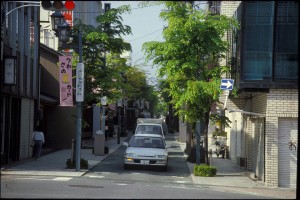
One of the larger post-towns in the Edo period, Nakatsugawa had a population of 1220 in the 1790s. In addition to its post-town function, Nakatsugawa was also an important local market and retail center. The town stretched for over two-thirds of a mile along the highway, with numerous shops selling rice, sake, soy sauce, salt, clothing and other ... [Read more]
Shinchaya to Magome
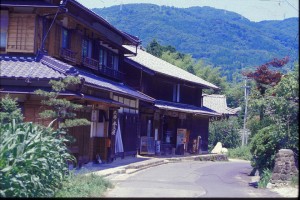
Shinchaya means literally ‘new tea-house’. Although there is no record of exactly when the ‘new’ house was built, it seems certain that a rest place for travelers half way up the steep climb from Ochiai to Magome has existed here for centuries. Even today the two inns which make up this small community continue to offer traditional ... [Read more]
Magome to Odaki – Medaki
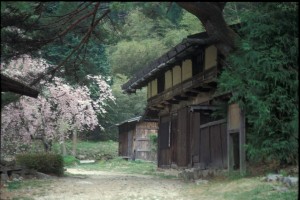
Although completely destroyed by fire in 1895 the rebuilding of Magome followed traditional lines and the town seems to have successfully preserved the atmosphere and feel of the Edo period. Formerly a remote and rather obscure post-town, this image has been changed due to the writings of Shimazaki Toson, Magome’s most famous son. His novel “Before ... [Read more]
Odaki-Medaki to O-tsumago
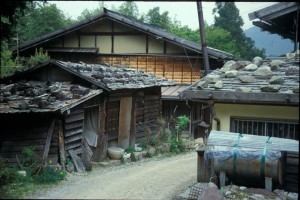
From the fading roar of the Odaki-Medaki waterfalls the Nakasendo descends steeply through a deep valley which resonates to the rushing sound of smaller streams. Shaded by ancient woodland, this mile-long stretch to O-tsumago has some of the most romantic scenes of the whole journey. Along the way numerous wayside shrines are passed, as well as ... [Read more]
O-tsumago to Tsumago
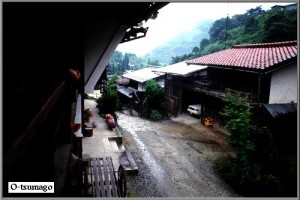
O-tsumago is an attractive little hamlet just half a mile or so outside the post-town of Tsumago. The reason for the naming of O-tsumago (lit. Greater Tsumago) is unclear, however. Tsumago itself was a relatively minor post-town in the Edo period, although its position at the foot of Magome Pass perhaps did justify the establishment of an ... [Read more]
Tsumago to Midono
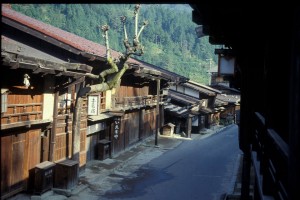
In 1841 Tsumago had a population of just 418 people, living in 83 households of which 31 were inns. The town was relatively small compared to others on the Nakasendo and, given its remote location at the southern end of the Kiso Valley, seems to have been an obscure place of no special note. Today the situation is very different. As a tourist ... [Read more]
Midono to Agematsu
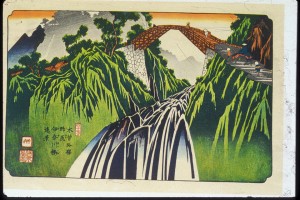
Midono in 1841 had a population of 594, and 32 inns for travelers. As such it was virtually indistinguishable from neighboring Tsumago in the Edo period, but today the disappearance of so many of the old buildings means that it does not attract anything like the number of tourists that Tsumago receives. The journey to Agematsu passes through ... [Read more]
Agematsu to Kiso-Fukushima
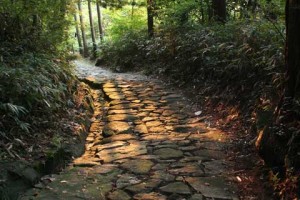
Agematsu was well-known in the Edo period for being the location of the office for the forest commissioners of the Kiso valley. Rules regarding access to the valuable timber resources of the valley were very strict, and punishments were severe even for those caught trying to glean a little firewood without permission. The town was quite large in ... [Read more]
